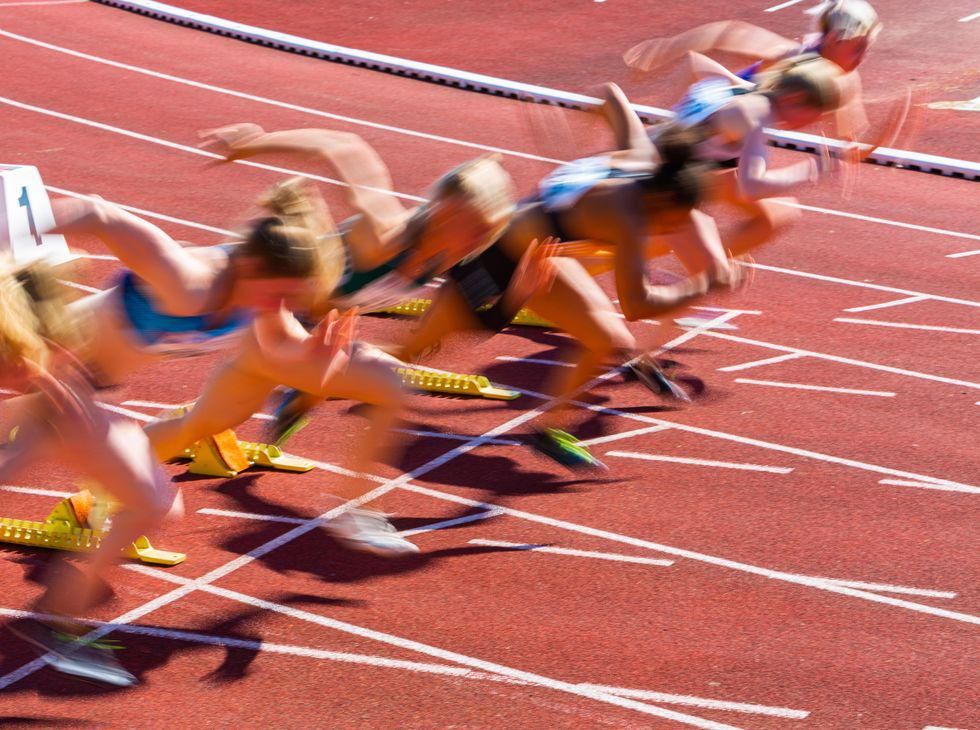
A study of triathletes reveals certain body types perform better in certain climates.
Taller, leaner runners with long limbs tend to excel in Ironman endurance events held in warm climates, whereas marathoners with stockier builds and shorter limbs perform better in colder climates, a Dartmouth College researcher says.
Endurance athletes may want to consider competing in climates their body types are best suited to, said study author Ryan Calsbeek, a professor of biological sciences.
Calsbeek observed that Allan Hovda, three-time winner of Norway’s Norseman triathlon, is stockier and shorter than one might expect of a successful triathlete.
“I wondered if there was something about body shape that allowed him to do better in the cold and thought about the role temperature might play for this one guy who doesn’t look like your standard endurance athlete,” Calsbeek said in a college news release.
Triathletes in these competitions do about 150 miles combined of running, swimming and biking.
Calsbeek’s analysis of nearly 200 Ironman contestants over two decades suggests that running performance, specifically, is linked to how an athlete’s physique is adapted to shedding or retaining heat in certain climates.
The study is among only a few that connect human physiology to what are known as Bergmann’s and Allen’s rules, which predict how animal species are distributed across various climates, Calsbeek said.
These ideas are named after 19th-century biologists Carl Bergmann and Joel Asaph Allen. They dictate that overall body size of animals, as well as the length and thickness of their limbs, correspond with climate. Cold-adapted species appear burlier to limit heat loss while those in hotter areas are sleeker to keep cool efficiently.
These rules are less understood in humans, Calsbeek said.
“This study shows that variation in running performance among male triathletes is consistent with both Bergmann’s and Allen’s rules,” he said.
“That suggests that global patterns of temperature and climate may have shaped human body types to look and perform the way they do. These patterns that determine differences in body shape among species around the planet may also influence performance in Ironman triathlons and other endurance sports,” Calsbeek said.
For the study, Calsbeek examined 171 triathletes who competed in at least two Ironman events — one in a hot location and one in a cold climate — between 2001 and 2021.
He used digitizing software to measure competitors in photos of them on their bikes, which have identical wheel diameters. This gave Calsbeek a size standard for measuring athletes from photos.
“A triathlon is a great human system to study because there is one event, running in particular, that we know to be important in the evolution of humans and two events — swimming and cycling — that are not, so there’s a great natural control,” Calsbeek said. “Male triathletes exhibited the most significant difference in performance based on physiology and the effect was most prominent in the run.”
These body differences didn’t seem to have the same effect on female triathletes, Calsbeek said.
“This effect is likely seen only in males because natural selection acted on running performance in males to be persistence hunters,” Calsbeek said.
The study findings were published May 10 in the journal PLOS ONE.
More information
The U.S. National Library Medicine has tips on nutrition and athletic performance.
SOURCE: Dartmouth College, news release, May 10, 2023
Source: HealthDay

Leave a Reply